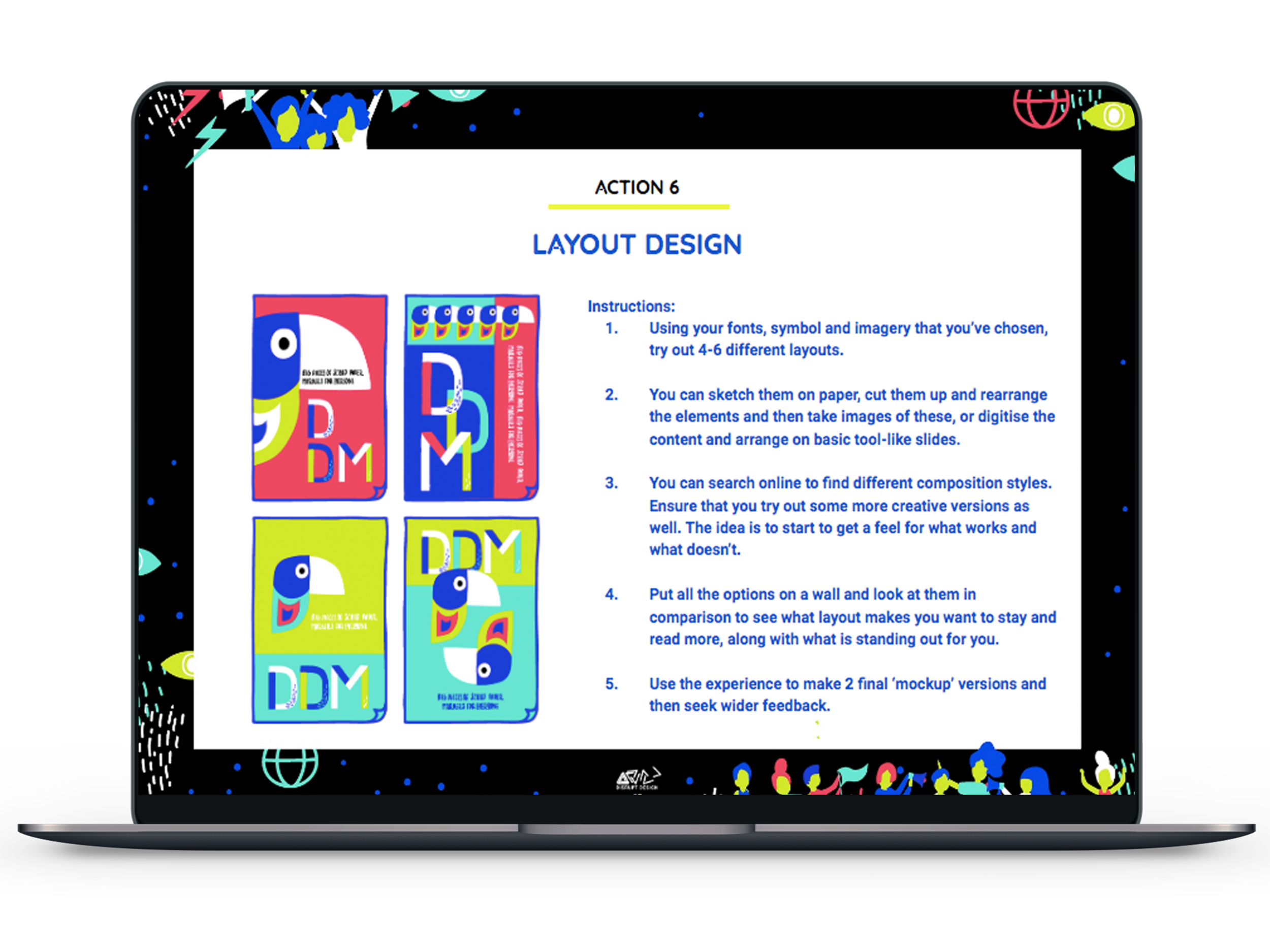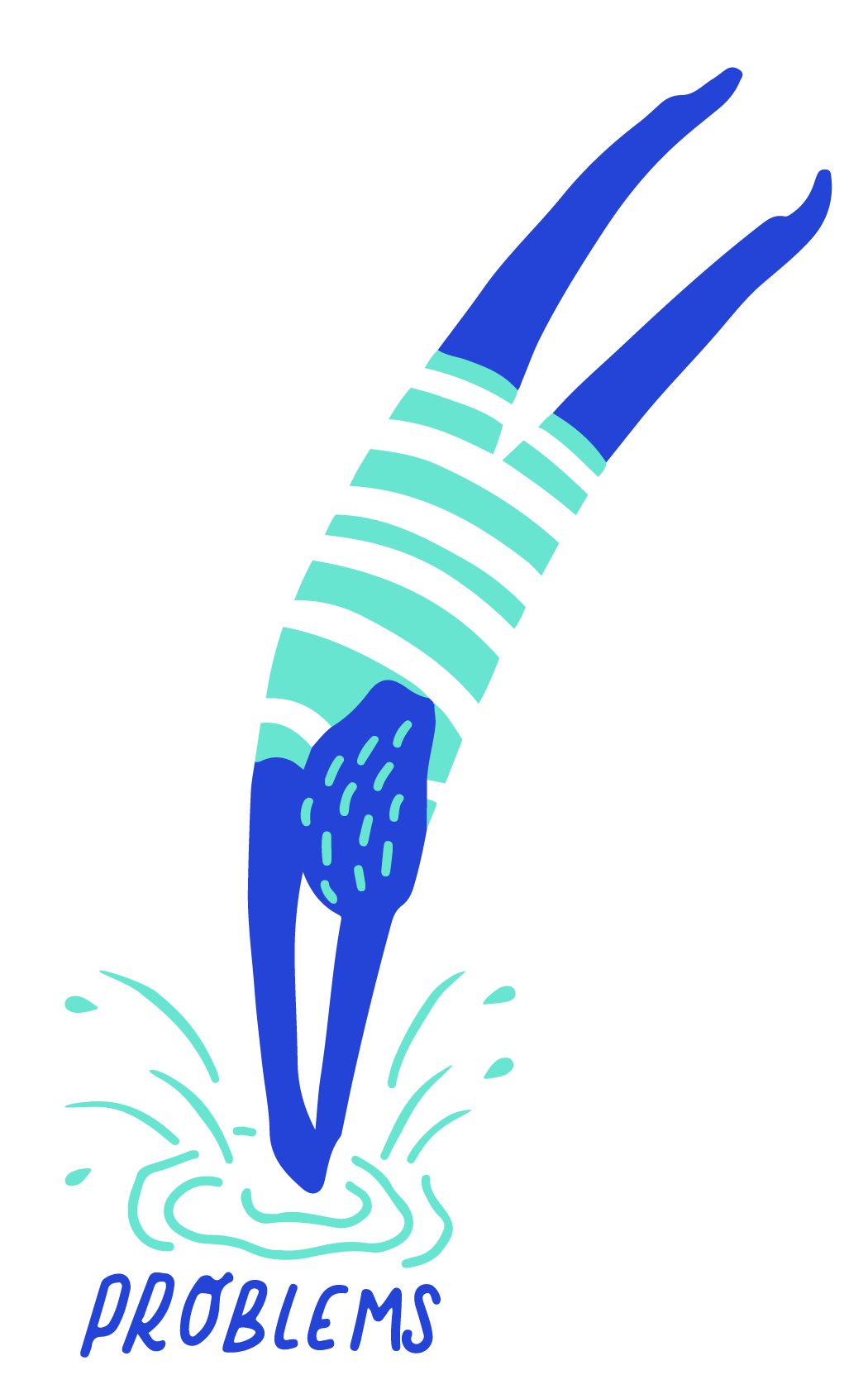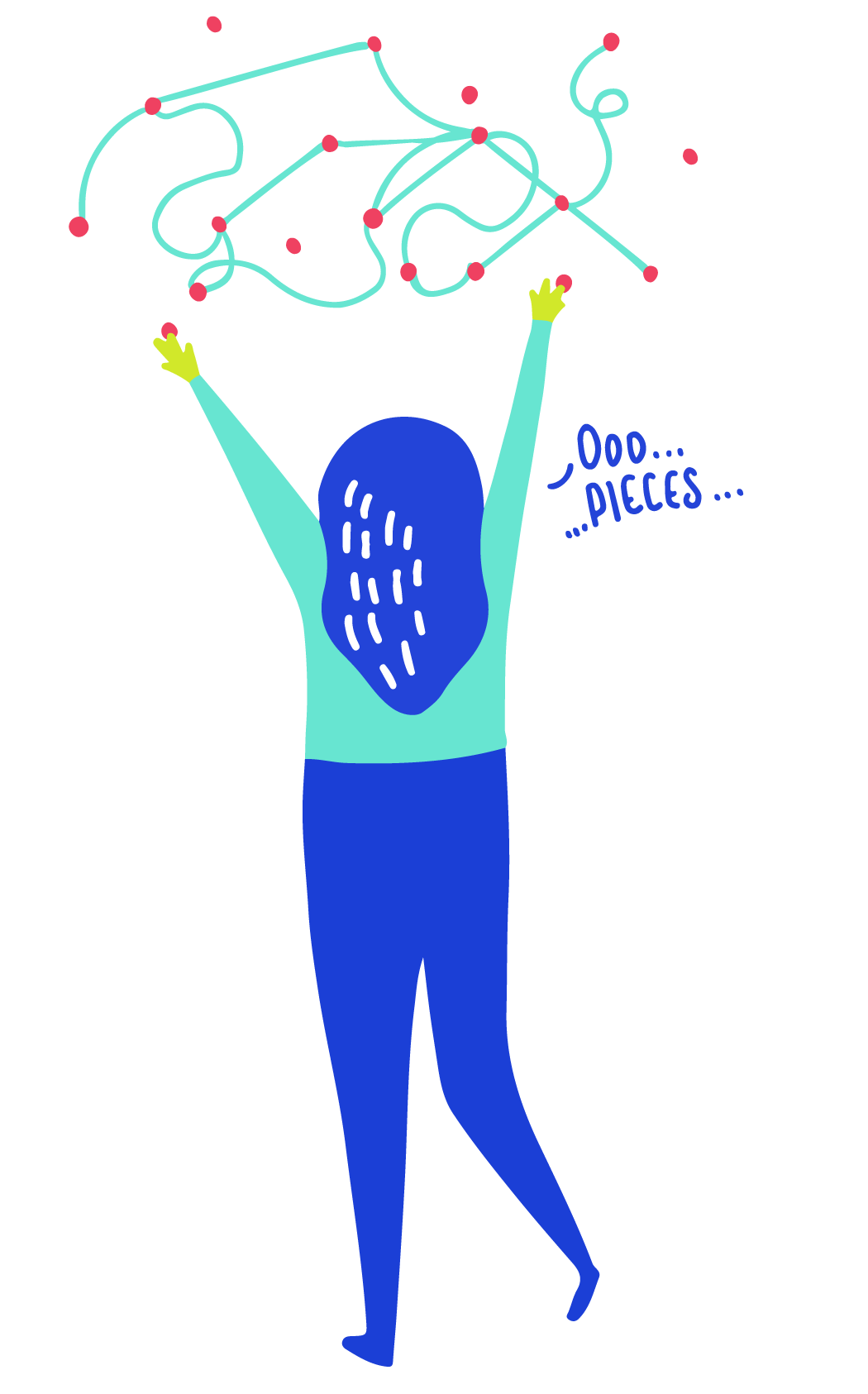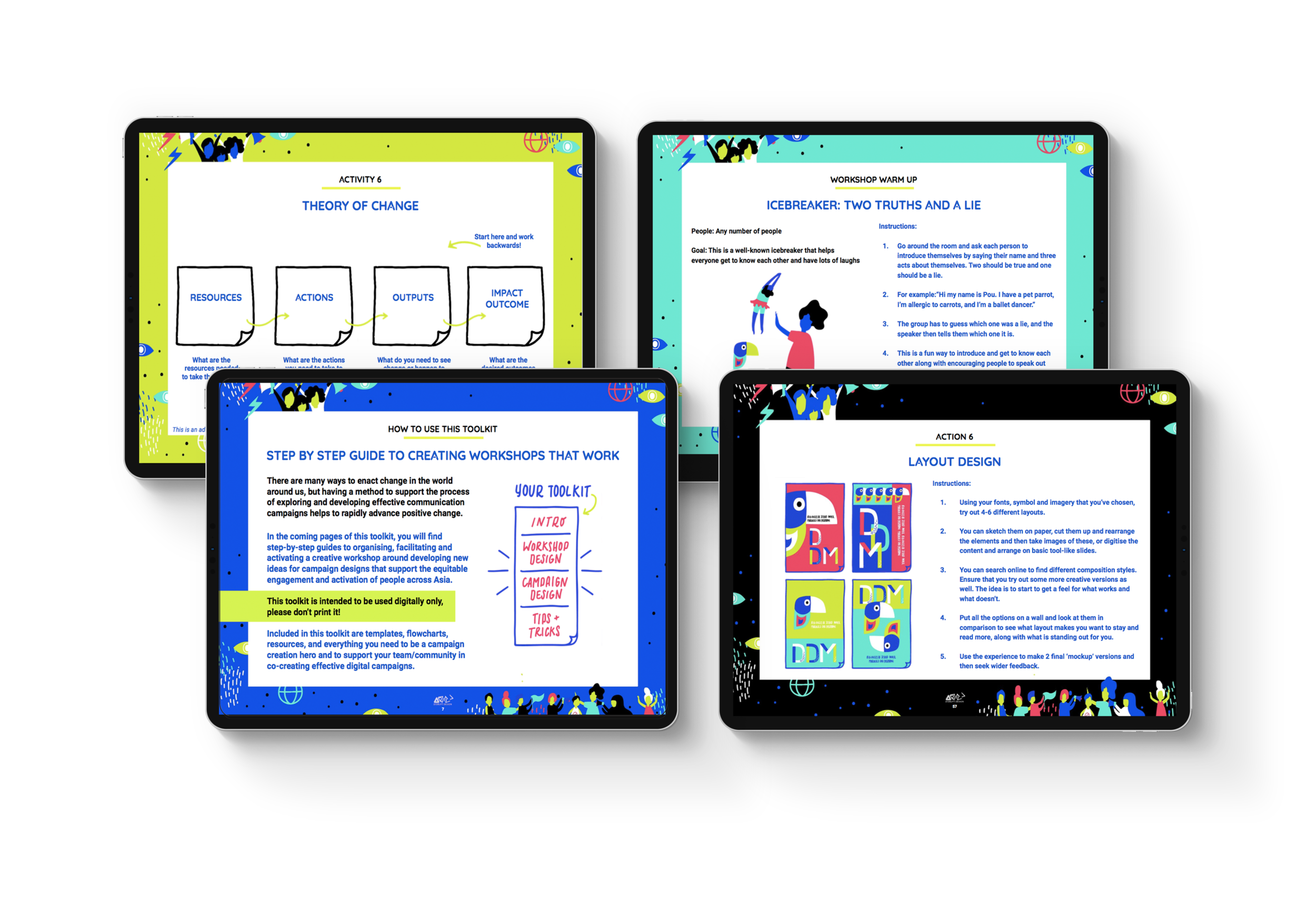Positively disruptive communication can be tricky not just to create, but also to engage in. But, with pressing global issues, concerned changemakers need the know-how to navigate discourse and dialogue around things that matter the most.
This new (totally free!) toolkit, a collaboration by Disrupt Design with support from OxFam Asia’s Lab, is designed to support the creative exploration and development of digital campaigns for activating positive change using the Disruptive Design Method (DDM).
The 60+ page illustrated toolkit includes a step-by-step guide to facilitating engaging workshops and designing creative campaigns to activate change in the digital space.
Part 1 shares a workshop process through systems thinking and creative ideation using the DDM, and Part 2 provides a set of actions to support designing and developing creative and engaging digital campaigns.
Activating Change
By running through the content of this toolkit, you will be supported in exploring and developing exciting new opportunities for creating effective engagement campaigns that move people into action. One of the key things in designing effective campaigns that activate change is understanding the issues you are seeking to address, knowing the system it exists within and developing unique and engaging ways of communicating the desired change. This toolkit is designed to help you facilitate getting from issues to ideas to action!
Part 1: Applying the DDM
Many of you are already familiar with the DDM’s approach to problem-solving, one which helps develop a three-dimensional perspective of the way the world works and provides a unique way of exploring, identifying, and creating tactical interventions that leverage systems change for positive social and environmental outcomes. It incorporates research and problem exploration (MINING), systems thinking and modes of interventions (LANDSCAPING), and then ideation and creative development (BUILDING).
In the context of designing positively disruptive communication, the DDM is effective because it initiates a framework for something that is very innate to us humans: creative problem solving! Many people think that they are not creative, but creativity (the ability to come up with new and unique ideas) is actually a very natural human instinct. People have been creating new and unique things forever, and each day, every one of us creates things to make our lives more effective and enjoyable. We cook, clean, write, draw, tell stories, play — these are all forms of creative expression. This toolkit helps apply the DDM in a way that feels natural and organic, as well as exciting and revelatory.
Part 2: Creative Campaign Design
After running through the creative process of the DDM In Part 1 and getting a tangible idea that you want to develop into a creative campaign, you will need to prototype and design the final concept. Prototyping is the technique of turning ideas into a tangible physical concept that you can share with others, get feedback on, and refine your idea into a viable solution. In this section of the toolkit, you will find a quick guide covering design approaches for digital campaign communication design.
Design is critical to any campaign success, especially in the hyper-visual digital space. Well communicated ideas are what help change the world. The goal here is to design the right approach to engage your intended community with your ideas and provide the right motivation for taking action. Campaign design is about several key factors: tone and style, visuals, layout and language.
It’s not just what you say; it’s also HOW you say it.
We communicate in more ways than ever these days: verbally, through body language, social media, text, television, and also through colour, symbology, and the imagery that we choose.
It’s therefore critical to understand, respect and ethically leverage what our cultural understanding is of these subtle and not-so-subtle ways of communicating to our both own and the wider global community while minimizing unintended consequences and miscommunication.
There are now lots of useful tools to help create beautifully-designed digital communication, from social media posts to posters and videos. By following the simple steps laid out in the toolkit, anyone can come up with more beautiful and impactful campaign designs. After running through this campaign design flow, you will have stepped through the design process of exploring and deciding on the aspects of effective communication to your community — setting yourself up for success in conveying important messages in an effective, tangible way that creates positive change.
We hope you enjoy the toolkit and it helps you facilitate and activate more positive change in the world!
Why is this free?
We are committed to helping anyone, anywhere make positive change and give away a minimum of 20% of all our content for free. We have a range of free toolkits and courses you can find online here. We are only able to do this, thanks to the support of our customers and clients who pay for our classes and workshops.























